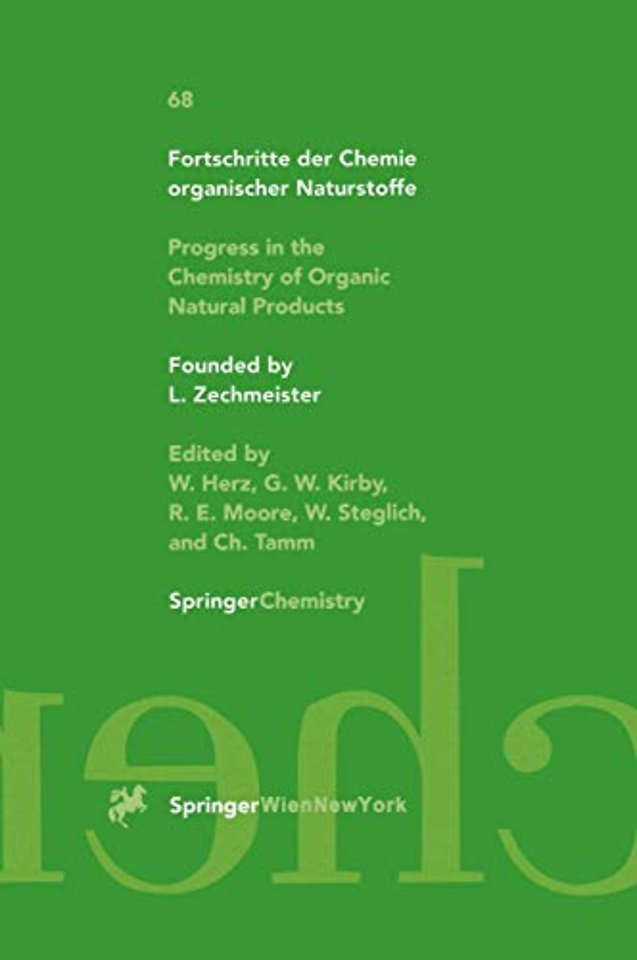Progress in the Chemistry of Organic Natural Products
Paperback Engels 2011 9783709174241Samenvatting
The objective of this ASI was to bring together specialists in several complex variables (many of whom have contributed to complex potential theory) and specialists in potential theory (all of whom have contributed to several complex variables) together with young researchers and graduate students for an interchange of ideas and techniques. Not only was the status of current research presented, but also the relevant background, much of which is not yet available in books. The following topics and interconnections among them were discussed: 1. Real and Complex Potential Theory. Capacity and approximation, basic prop erties of plurisubharmonic functions and methods to manipulate their singularities and study their growth, Green functions, Chebyshev-type quadratures, electrostatic fields and potentials, propagation of smallness. 2. Complex Dynamics. Review of complex dynamics in one variable, Julia sets, Fatou sets, background in several variables, Henon maps, ergodicity, use of potential theory and multifunctions. 3. Banach Algebras and Infinite Dimensional Holomorphy. Analytic multi functions, spectral theory, analytic functions on a Banach space, semigroups of holomor phic isometries, Pick interpolation on uniform algebras and Von Neumann inequalities for operators on a Hilbert space. The basic notion of complex potential theory is that of a plurisubharmonic function.
Specificaties
Lezersrecensies
Inhoudsopgave
Rubrieken
- advisering
- algemeen management
- coaching en trainen
- communicatie en media
- economie
- financieel management
- inkoop en logistiek
- internet en social media
- it-management / ict
- juridisch
- leiderschap
- marketing
- mens en maatschappij
- non-profit
- ondernemen
- organisatiekunde
- personal finance
- personeelsmanagement
- persoonlijke effectiviteit
- projectmanagement
- psychologie
- reclame en verkoop
- strategisch management
- verandermanagement
- werk en loopbaan

